The haunting melodies of Gregorian chant have echoed through the stone corridors of monasteries and cathedrals for over a millennium. This monophonic, unaccompanied sacred song of the Western Christian tradition remains one of the most enduring musical legacies of the Middle Ages. Named after Pope Gregory I, who reigned from 590 to 604 AD, Gregorian chant became the official music of the Roman Catholic liturgy, though its origins likely predate Gregory's papacy.
Arising from the synthesis of Roman and Gallican chant traditions, this solemn vocal music flourished between the 9th and 13th centuries. The chant's distinctive free-flowing rhythm follows the natural cadence of Latin texts rather than adhering to strict metrical patterns. Sung a cappella by male voices (primarily monks and clergy), the melodies move predominantly by step within a limited range, creating that unmistakable medieval sound which seems to suspend time itself.
The development of musical notation is inextricably linked to the preservation of Gregorian chant. Early neumes - primitive notational symbols appearing in 9th-century manuscripts - gradually evolved into the more precise square notation on a four-line staff perfected by Guido d'Arezzo in the 11th century. This revolutionary system allowed for the standardization of chant melodies across Christendom at a time when oral transmission led to significant regional variations.
Eight church modes form the tonal foundation of Gregorian chant, differing significantly from the major-minor system that would dominate Western music centuries later. Each mode possesses its own distinctive character and finalis (tonal center), with melodies carefully crafted to highlight particular theological meanings in the liturgical texts. The Dorian and Mixolydian modes feature prominently, contributing to that quintessential medieval quality that modern listeners find so evocative.
The liturgical year structured the performance of Gregorian chant, with specific chants assigned to particular feasts, seasons, and services. The Proper of the Mass contained variable texts that changed according to the ecclesiastical calendar, while the Ordinary maintained fixed texts like the Kyrie and Gloria. The Divine Office - eight daily prayer services observed in monastic communities - incorporated an even more extensive repertoire of antiphons, responsories, and hymns.
During the Carolingian Renaissance, Charlemagne played a pivotal role in disseminating Roman chant throughout his empire, actively suppressing regional chant traditions in favor of standardization. This political unification of liturgical music had lasting consequences, as Gregorian chant became not just sacred art but also an instrument of cultural cohesion across medieval Europe. Manuscripts from this period, such as those produced at the Abbey of Saint Gall, represent priceless artifacts of musical paleography.
The Benedictine Order served as primary custodian of the chant tradition throughout the Middle Ages. Monasteries functioned as living repositories of musical knowledge, where young oblates learned the repertoire through years of immersive practice. The Rule of Saint Benedict prescribed extensive daily singing, ensuring that generations of monks would maintain this oral tradition even before notational systems matured.
Women religious also contributed significantly to the chant tradition, despite restrictions on their public liturgical participation. Abbesses like Hildegard of Bingen (1098-1179) composed sacred monophonic music that, while not strictly Gregorian, shared its spiritual aesthetic and Latin texts. The convents of medieval Europe cultivated their own rich musical traditions, often adapting chant for female voices.
The aesthetic power of Gregorian chant lies in its paradoxical simplicity and complexity. While individual vocal lines appear straightforward, the best chants demonstrate sophisticated melodic architecture and profound textual interpretation. The famous Dies Irae sequence, for instance, matches its ominous apocalyptic text with a melody that seems to embody divine judgment through its dramatic intervals and modal coloring.
By the late Middle Ages, Gregorian chant began evolving into more elaborate forms. The addition of tropes (textual and musical insertions) and the development of polyphony gradually transformed liturgical music. Yet the pure monophonic chant retained its privileged position as the official music of the Roman rite - a musical embodiment of theological ideals about clarity, unity, and transcendence.
Modern scholarship continues to unravel the mysteries of medieval performance practice. The Solesmes restoration in the 19th century, led by Dom Guéranger and his Benedictine monks, attempted to recover what they believed to be authentic interpretations of the chant. Their rhythmic theories and editions remain influential today, though contemporary scholars increasingly question some of their assumptions about medieval tempo and phrasing.
In recent decades, Gregorian chant has experienced something of a popular revival beyond ecclesiastical circles. The unexpected commercial success of recordings like Chant by the Benedictine Monks of Santo Domingo de Silos (1994) introduced this medieval art form to millions of listeners worldwide. Psychologists have studied chant's calming effects, while neuroscientists investigate its impact on brain wave patterns - a fascinating modern perspective on this ancient musical tradition.
Walking into a candlelit cathedral where Gregorian chant resonates through vaulted spaces, one understands why this music has endured. It represents not merely a historical artifact but a living tradition that continues to inspire composers, scholars, and spiritual seekers. From its obscure origins in late antiquity to its digital streaming presence today, Gregorian chant remains a bridge between modernity and the medieval world - a sonic embodiment of humanity's eternal search for the divine.
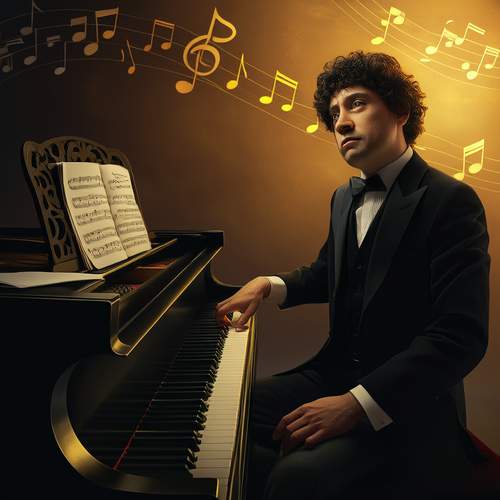
By /May 30, 2025
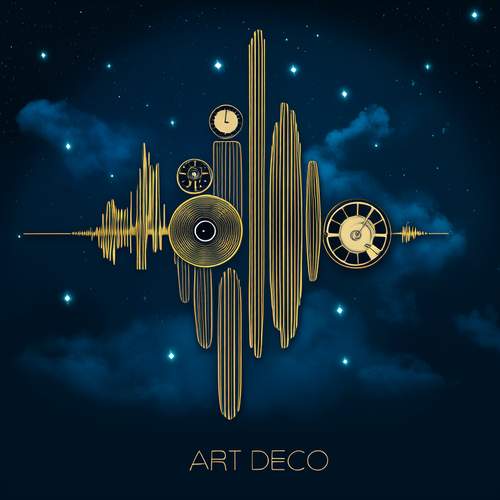
By /May 30, 2025

By /May 30, 2025
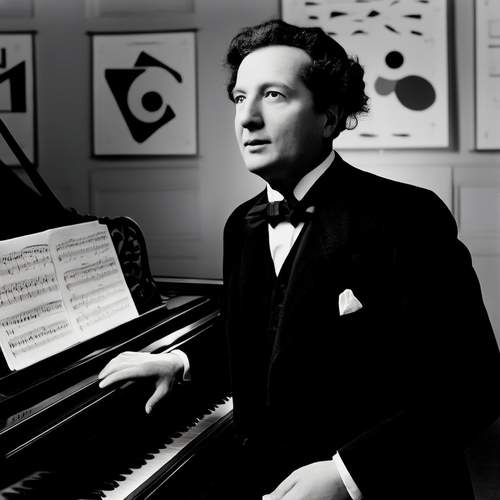
By /May 30, 2025
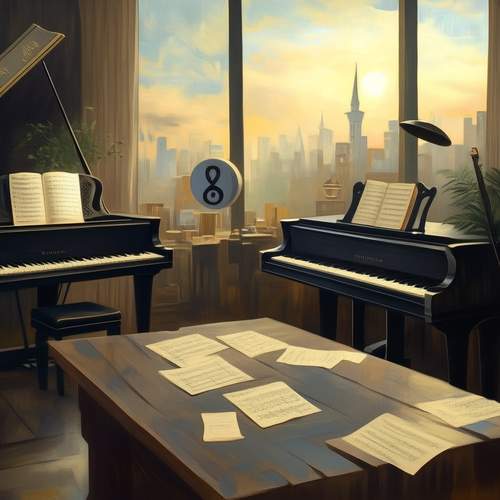
By /May 30, 2025
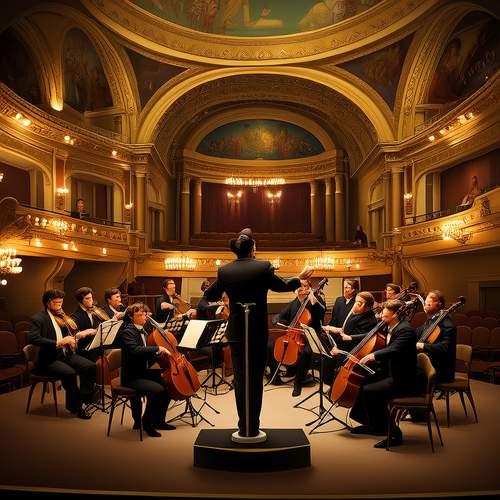
By /May 30, 2025
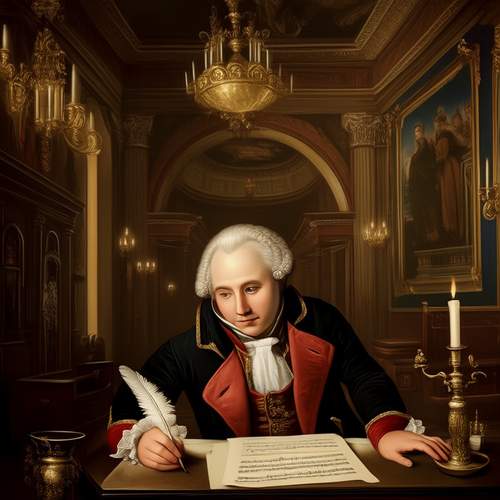
By /May 30, 2025
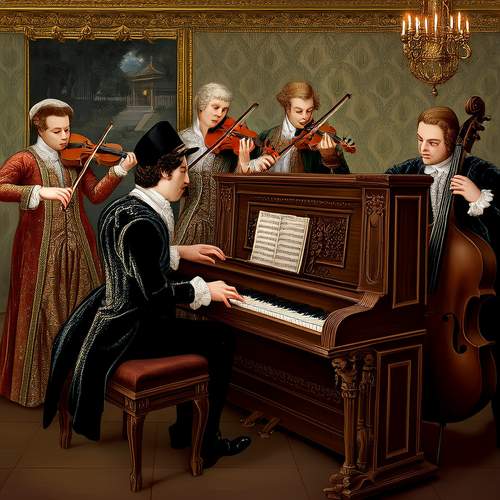
By /May 30, 2025
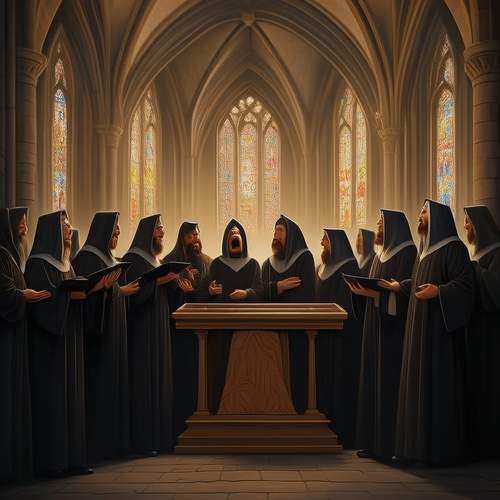
By /May 30, 2025
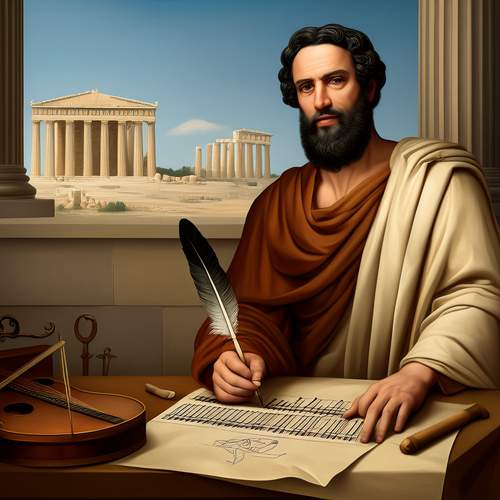
By /May 30, 2025
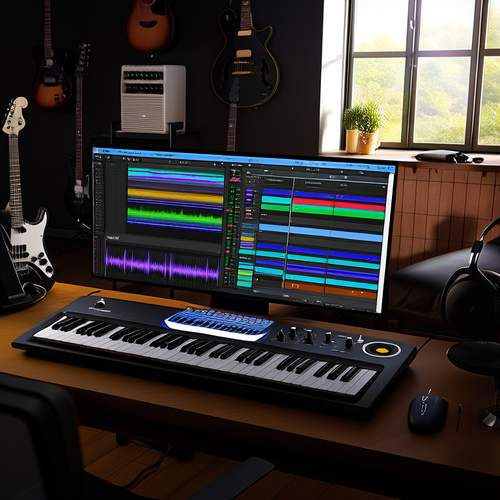
By /May 30, 2025
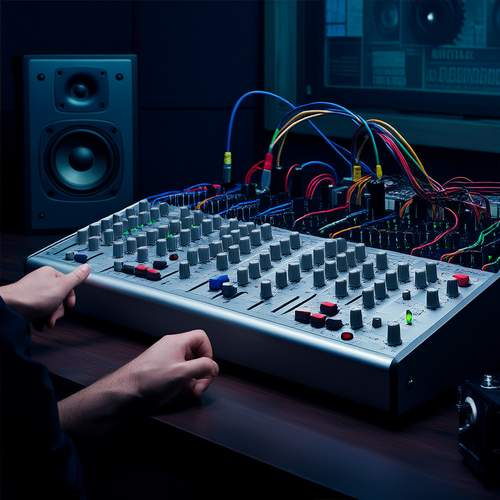
By /May 30, 2025

By /May 30, 2025

By /May 30, 2025

By /May 30, 2025

By /May 30, 2025

By /May 30, 2025

By /May 30, 2025

By /May 30, 2025

By /May 30, 2025